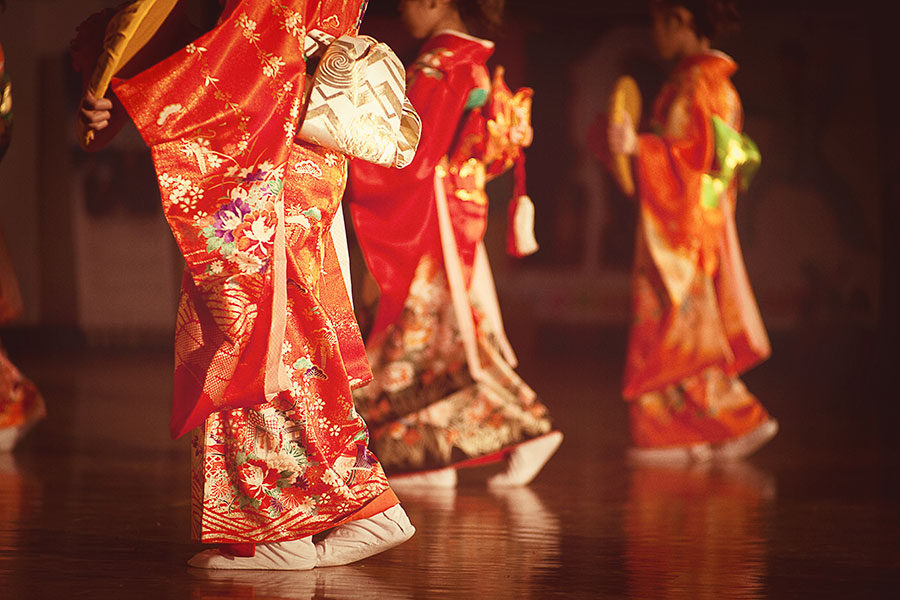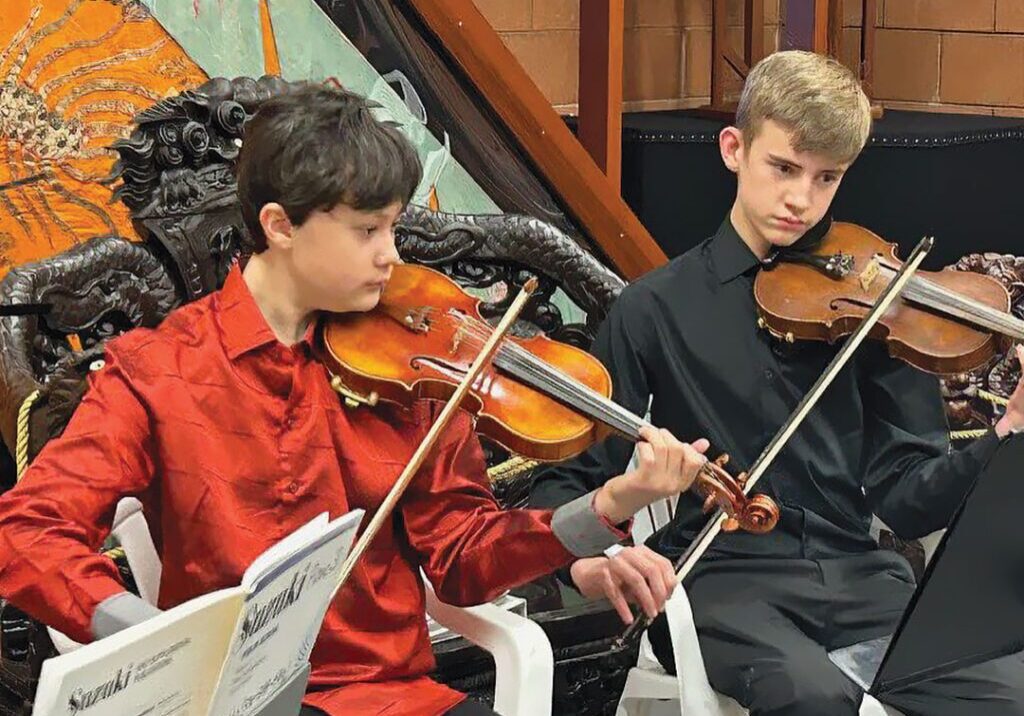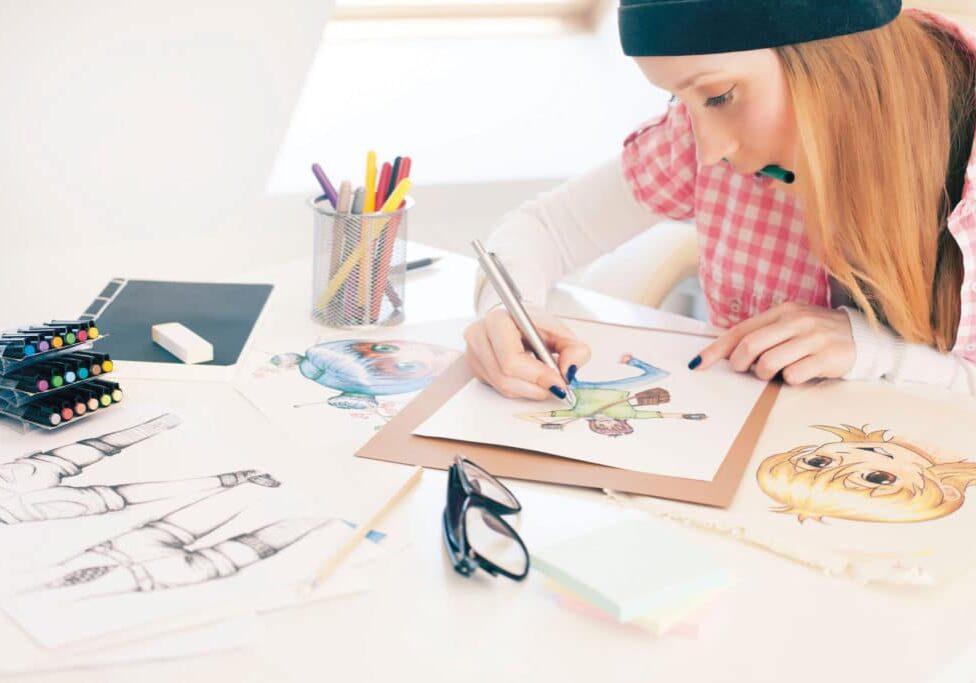Would you like to experience a diversity of cultures from around the world, in a setting close to home?
This year’s annual Multicultural Celebration in Redding is an opportunity to enrich our understanding of international traditions, demonstrating the various meanings and purposes of movement and music throughout the world.
Now in its 19th year, the 2014 celebration is being held on January 25, from 10:30 a.m. to 6 p.m., at the Mt. Shasta Mall. It includes performances in the center court by as many as 10 separate groups, including Japanese dancers, Native American performances, German folk dancers, the Edelweiss Singers, Hawaiian dancers, and a performance representing Filipino Islanders. The Japanese performances include Ninja dance, Kendo (Japanese sword fencing) demonstrations, and folk dancing.
This day-long event offers the community an opportunity to experience, understand and appreciate the diversity around them. In addition to showcasing music and dance, there will be booths displaying crafts, clothing, pictures, flags and more from a variety of cultures. Children attending are given mock passports to carry to each culture’s display, where their passports are stamped after they learn something about each respective country.
Linda Mitchell has been working with the event since it began. She says, “The celebration was created to bring together the many different cultures of our area, and to bring joyful learning experiences to the audience. Each year offers something new.”
Come join the cultural and educational fun!
Japanese Bon Odori Dance
For the last 17 years at Redding’s Multicultural Celebration, students from the Shasta College Japanese program have been performing Tanko Bushi or “Coal Miner’s Dance.” It is one of Japan’s most popular Bon Odori folk dances.
Hiroko Mori, along with Yoshiko Zimmerman, both Japanese professors at the college, teach their students the dance. Hiroko has observed that the movement and music deepen students’ feelings for Japanese culture. “The students are responsive and most of them seem to understand the Japanese spirit better,” she says.
Towards the end of her classes, Hiroko gets her students up and moving to traditional Japanese music, preparing them for Redding’s annual Multicultural Celebration, where the dance is performed in public. “This Bon Odori is a very simple dance; anyone can learn it in five minutes,” she says. “Every year at the Multicultural Celebration the crowd willingly participates … we usually have over a hundred people in the circle!”
Tanko Bushi (Coal Miner’s Dance), as one of the Bon Odori, is a modest dance inspired by the day-to-day movements of laboring miners from an era long past. Family, friends and neighbors congregate in a circle, inspired by Taiko drumming and Japanese folk songs. It requires no partners or formal training.
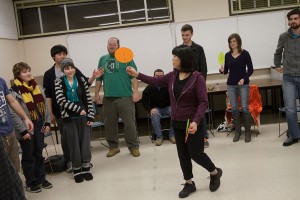
Professor Hiroko Mori teaches a Bon Odori dance to Shasta College students. Photos by Tracey Hedge, Firefly Mobile Studios, firefly2u.com
The Bon Odori originated over 500 years ago as part of a three-day summer ancestral festival (the Bon Festival), and is meant to summon and entertain the spirits of one’s deceased family members. The origin of its name goes as far back as the Buddha, referring to the story of a disciple with supernatural powers who danced with joy after freeing the imprisoned spirit of his deceased mother. The dance is rooted in Buddhist-Confucian custom, and has evolved into a celebratory family reunion; each region of Japan has its own unique variation of the dance in style and music.
Having never performed in public before, “some of the students are intimidated and want out,” Hiroko says, “but every student must participate. It’s an integral part of the cultural experience for the class.” After every celebration, Hiroko is delighted as she reads essays from students describing their excitement for the performance, which is danced in kimonos, acknowledging the effectiveness of hands-on learning in connecting them with Japanese culture.
As Hiroko relays the enthusiasm she feels from the students, she also shares her memories of being a little girl in Japan, where she united with friends and neighbors in the dance to entice the love of their ancestors in what she describes as “the symbol of Japanese summer.”
Whether you’re a wallflower or a dance enthusiast, you’ll have a place at the Multicultural Celebration at the Mt. Shasta Mall in Redding on January 25th. Expect to join in with the Japanese dancers, scheduled in the center court between 2:30 p.m. and 3 p.m.
Posted in: Art & Music
Comment Policy: All viewpoints are welcome, but comments should remain relevant. Personal attacks, profanity, and aggressive behavior are not allowed. No spam, advertising, or promoting of products/services. Please, only use your real name and limit the amount of links submitted in your comment.
You Might Also Like...
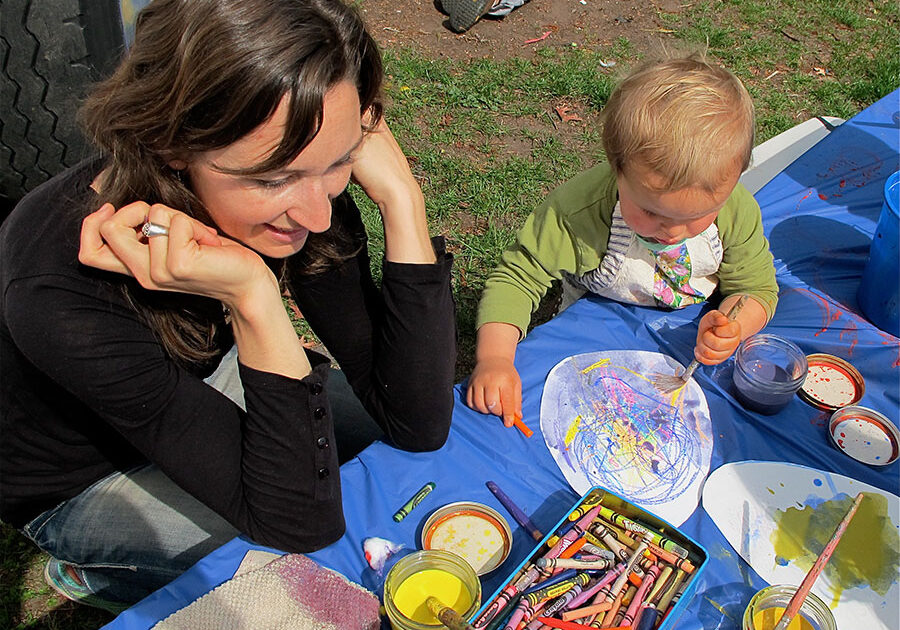
Coloring Outside The Lines – How to Encourage Your Child’s Creativity
Two-year-old Kristy makes a train across Mommy and Daddy’s bed by lining up Daddy’s socks heel to toe. Natalie, 21 months, adorns her arm with cookie cutters, points and says, […]
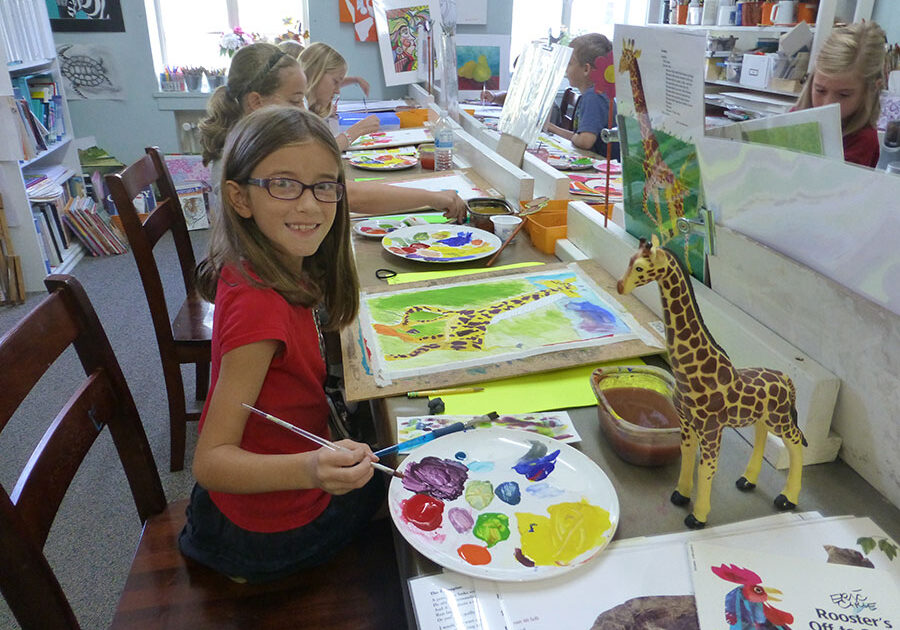
Art! It’s Fun & Fundamental – Three North State Studios Offer Arts Classes for Healthier, Happier People.
Many people appreciate the enjoyment received from creating art, but probably few understand its benefits to health and happiness. Making art teaches appropriate ways to problem solve and deal with […]
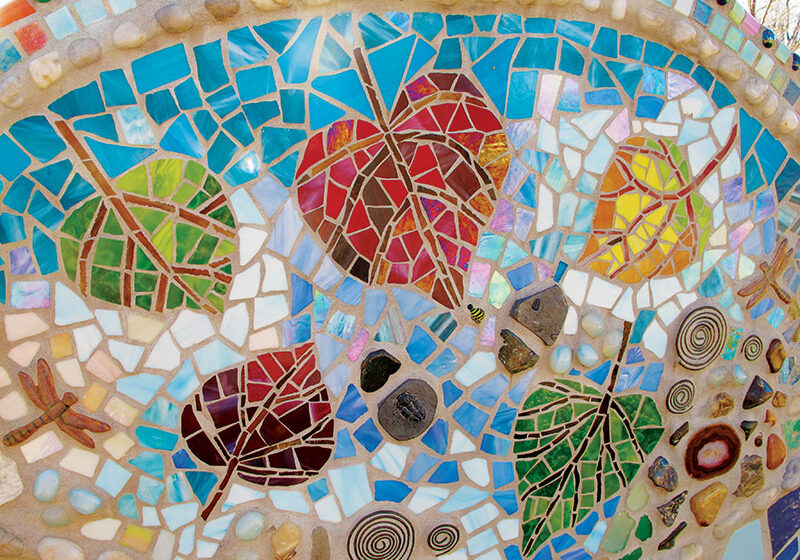
In Love With Texture & Tiles
Artist Colleen Barry’s house looks like no other on the block. Light blue with globe-sized mosaic finials resting atop a matching cobalt blue wrought iron gate, its design is whimsical, […]
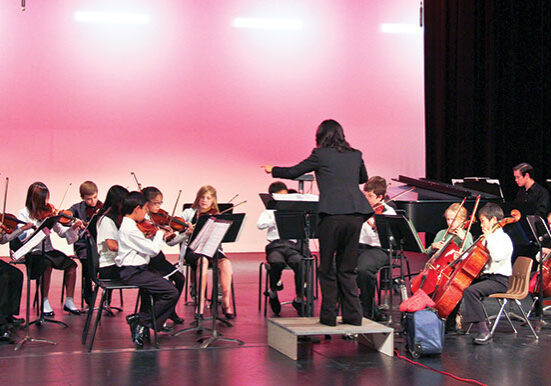
The Benefits of Music Lessons Outweigh the Costs
Piano lessons were not optional for me as a child. As a trained musician, my father insisted his four daughters start piano lessons at an early age. I didn’t always […]


